It’s been a big year so far for Caterham, which recently came under the wing of Japanese retail group VT Holdings and gave the first details of an all-electric version of the Seven, due in the coming years.
Another important announcement from the British sports car brand was the high-profile appointment of Bob Laishley as its new chief strategic officer, a position in which he will manage the rollout of new products and strive to keep the company thriving – and, crucially, compliant – as the automotive industry continues to transform.
A self-professed “car guy”, Laishley is best known for his work at Nissan, where, as global sports car programme director, he oversaw such heavy-hitting performance models as the Nissan 370Z and GT-R. Laishley spoke exclusively to Autocar about his immediate priorities at Caterham, outlining what needs to be done to see the brand safely past its half-century in 2023.
How have your first few weeks in the job been?
“It’s still early days. The first thing to say is that the guys in Dartford are doing an amazing job. There’s nothing broken with the business and the product’s great. It’s just about getting my feet under the table and learning a lot. Of course, I knew a lot about Caterham from the outside, but being inside is somewhat different. I’m trying to assimilate myself with more than 50 years’ history of the car, and to Electric Seven will have “that raw driving experience” Bob Laishley joined as strategy boss after a top role at Nissan Nissan performance boss takes control of the British sports car maker’s future understand that what we do in the future protects that heritage. That’s the most sacrosanct thing: to not do anything that will damage that long, long heritage.
“Frankly, I’m really pleased and surprised with the reaction from a lot of people in the industry. The great and good of the automotive industry still say [the Seven] is the benchmark for everything that they do. It’s really quite humbling, and the responsibility of joining this group of people is not lost on me.
“I retired from Nissan just over a year ago and the plan was to do some consulting, but the new owners have coaxed me back into this role and there’s not many that would have pulled me out of what I was doing."
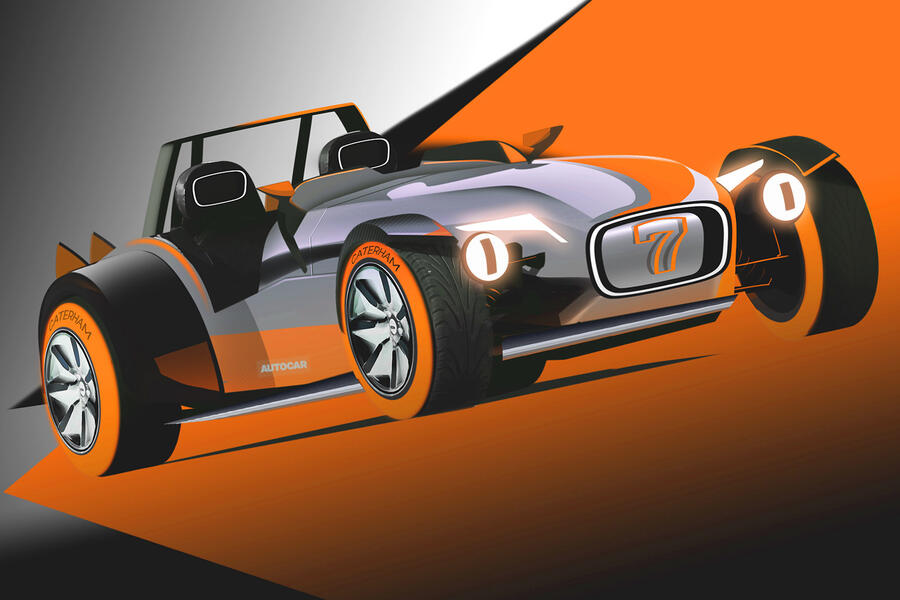

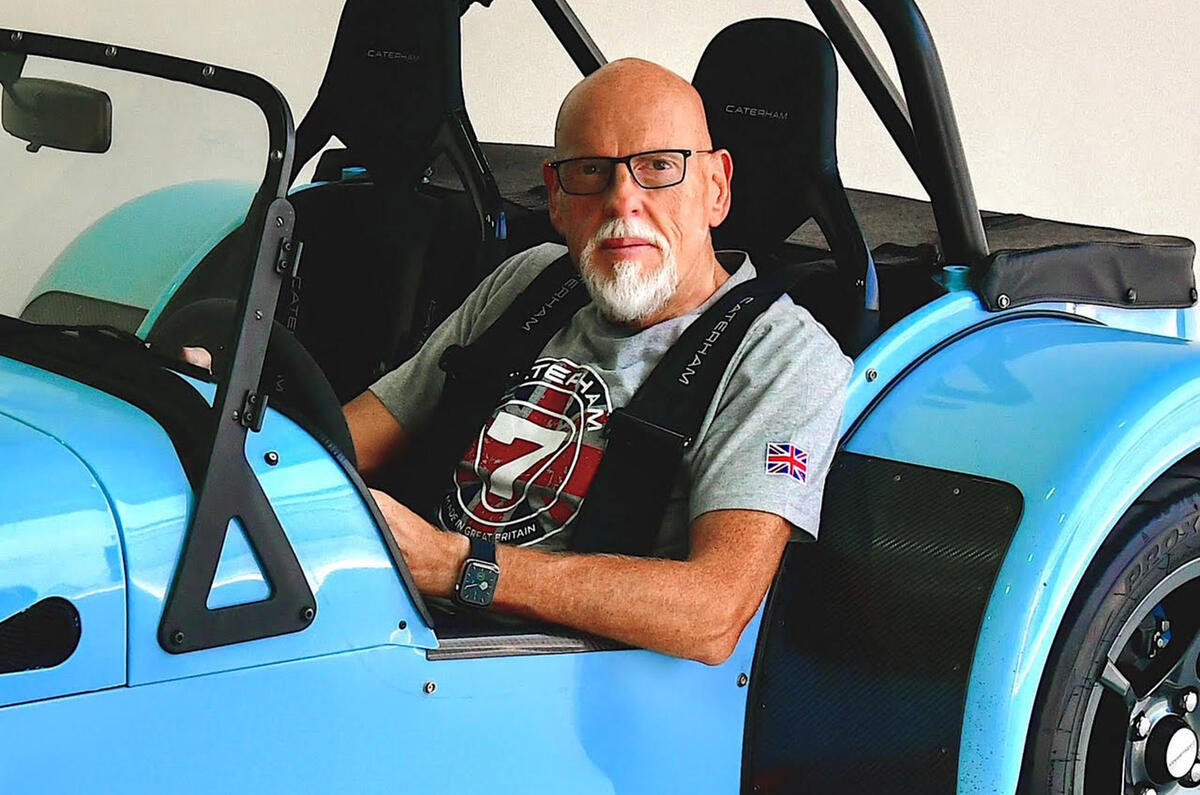
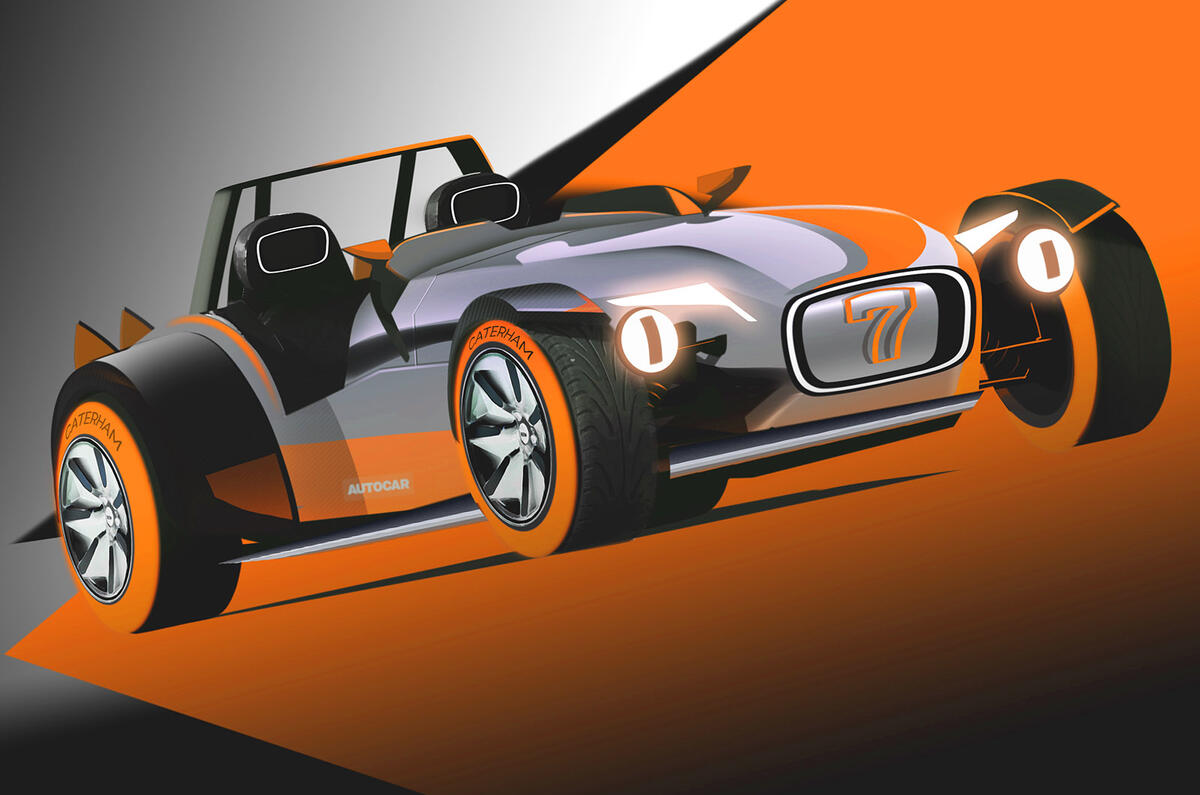
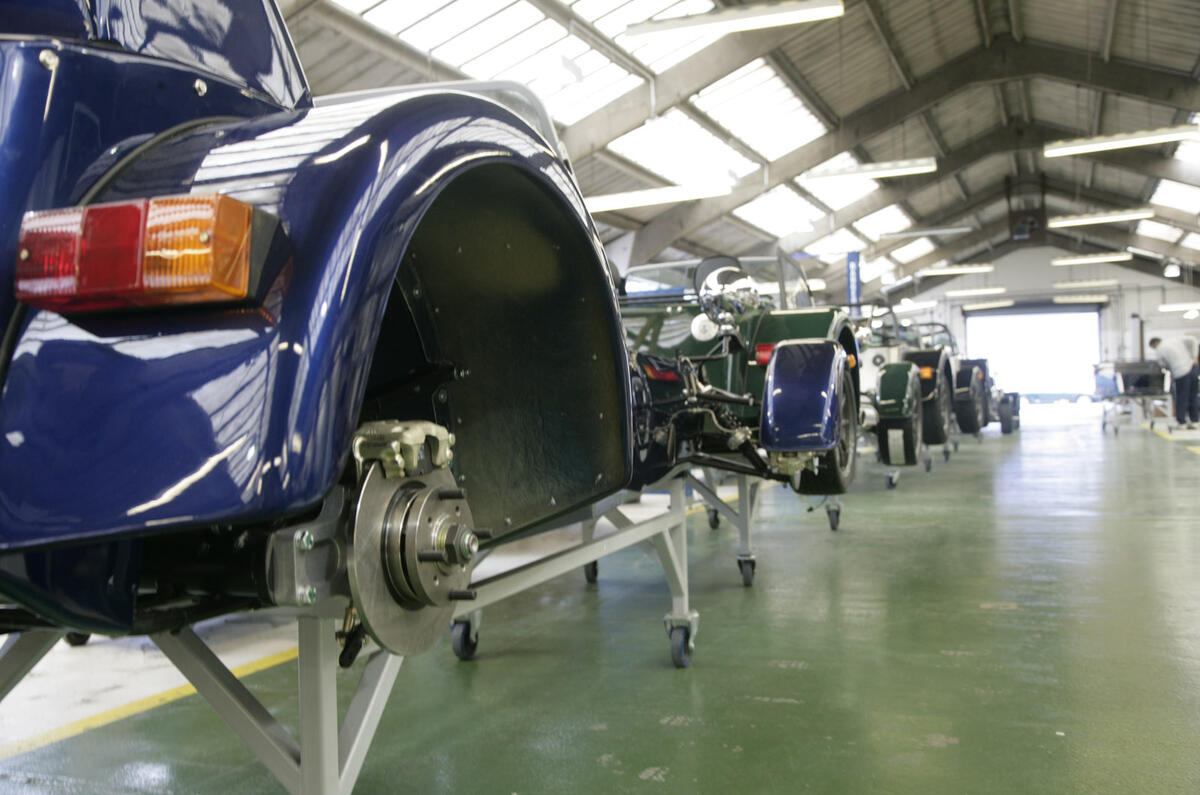
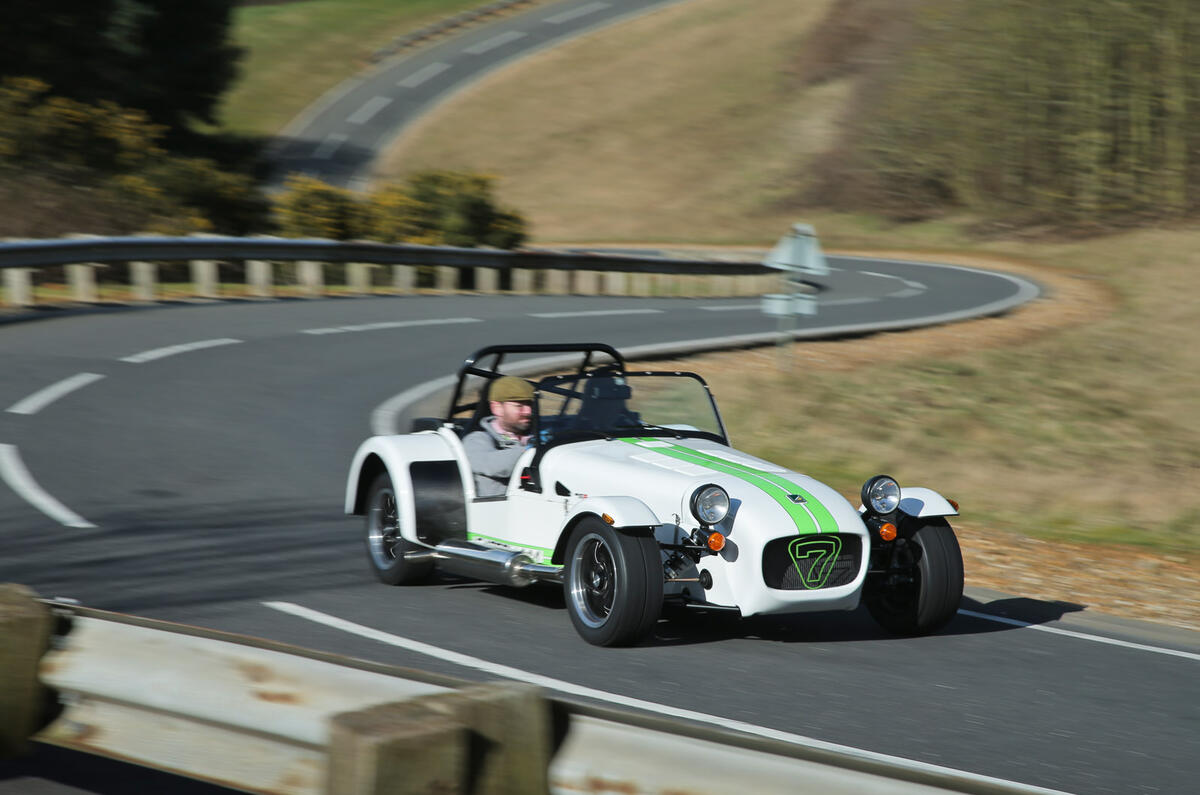


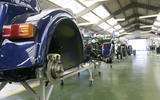


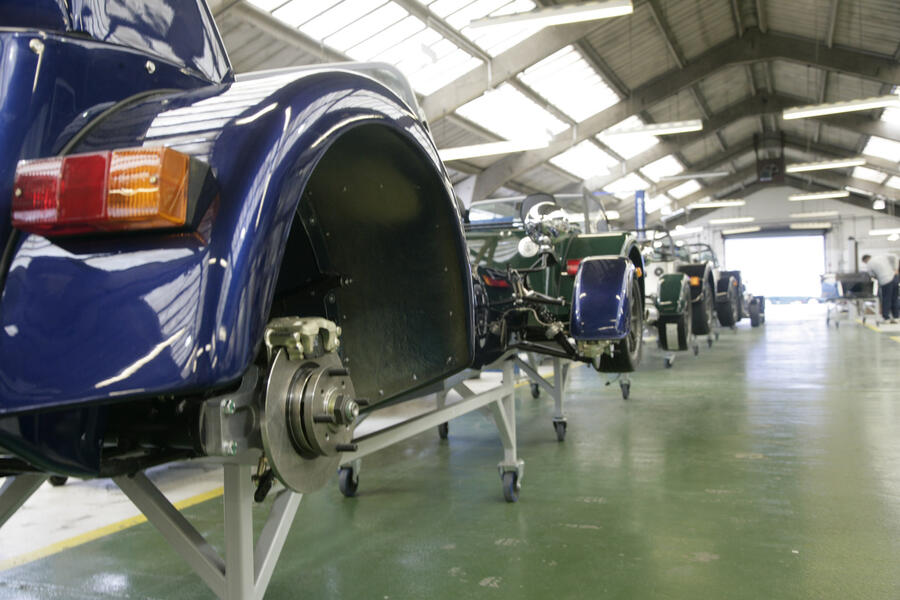





Join the debate
Add your comment
Surely Caterham could get in bed with Morgan and build a British Sports Car EV platform. There's lots of synergy between the two companies, they both make hideously expensive crappy British sports cars of a bygone age design with absolutely no drivers comforts, no true weather protection, choppy ride and handling but sold as a true drivers experience to justify their pricing.
Assuming the current IC powertrain (engine, gearbox and full tank of fuel weighs around 175kg (105kg for a Duratec, 40kg for a full tank and 30kg for the gearbox) you could have a c.25KWh battery and electric motor in an EV Seven which would weigh pretty much the same as a current ICE version while still giving decent range for this jaunts down to Le Mans without too much stopping, zero emissions and absolute hair trigger throttle response from the electric motor which would be really great in a Seven.
Next job for Caterham for me is to buy the rights to the Elise (now that Lotus are launching the Emira) and do the same electrification/future proofing job on it.
Poorly written article aside, it brings into focus the big decisions faced by small car makers like Caterham, Morgan, Ginetta and others.
Firstly, are they going to hang on to ICE powered cars as long as possible and if so where are those powerplants coming from after 2030?
Second, if and when they do go electric, are they going to retain the mostly 1950's developed shapes and chassis, or update to suit the modern times and power source?
Thirdly, when they go electric, how do they preserve their 'lightness' ?